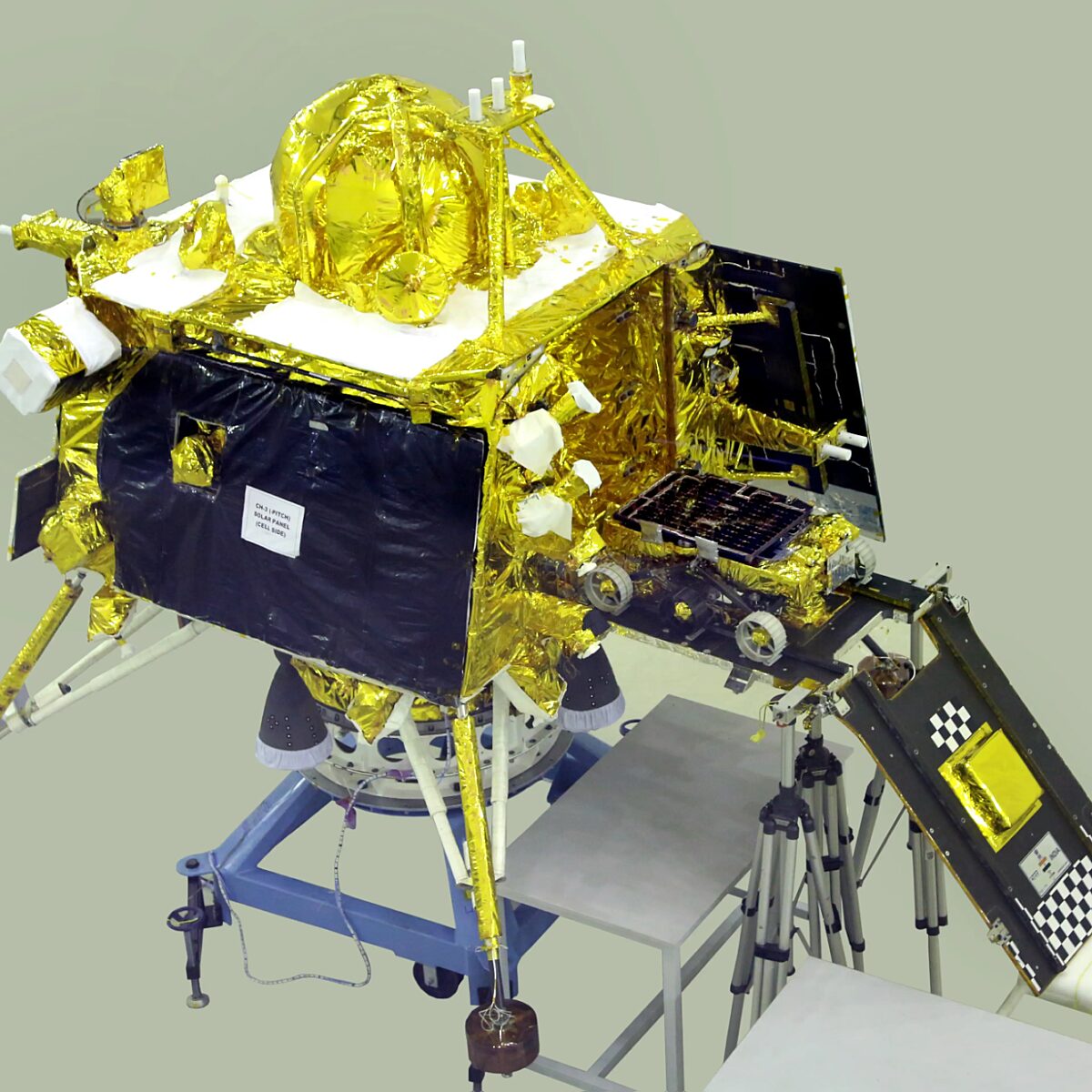The Indian Space Research Organisation (ISRO)
What does ISRO do?
ISRO develops Indian space technology and scientific research. It launches and manages most of India’s space infrastructure, including satellites for communications, broadcasting, and navigation. It builds spacecraft and launch vehicles, explores the Solar System, studies Earth, and helps incubate India’s space industry.
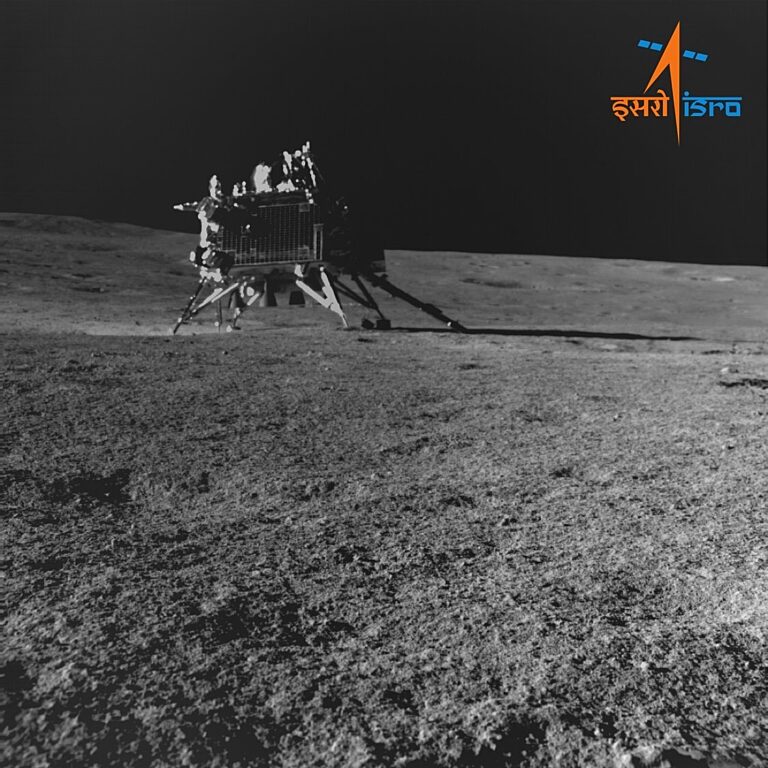
ISRO sends missions of discovery to the Moon and other planets. With the success of Chandrayaan-3, India became the fourth nation ever to soft-land on the Moon and the first ever to do so near the Moon’s south pole. ISRO spacecraft have discovered water on the Moon’s surface and successfully orbited Mars. Future missions are slated to explore Venus, return to Mars, and bring back samples from the lunar surface. Preparations are also underway for a joint ISRO-JAXA lunar mission and a joint ISRO-NASA spacecraft for Earth observation.
India is developing a human spaceflight program, called Gaganyaan, through ISRO. Most of the test missions leading up to Gaganyaan’s first crewed spaceflight are complete. Once crewed missions begin to launch, there are plans to build an Indian space station in Earth orbit.
ISRO is not a purely civilian space agency, but also does work with military applications. It has collaborated with Indian defense agencies to develop projects like a satellite surveillance system and an anti-satellite weapon test.

What has ISRO accomplished?
ISRO has:
- Landed the first spacecraft near the Moon’s south pole, Chandrayaan-3
- Built launch vehicles and sold commercial launch services to companies around the world
- Sent a probe to orbit Mars, Mangalyaan
- Launched dozens of satellites for Earth observation, communications, and navigation
- Orbited the Moon with Chandrayaan-1, which discovered lunar water
- Laid the foundations of a human spaceflight program
- Launched space telescopes to study the Sun, black holes, and other stars
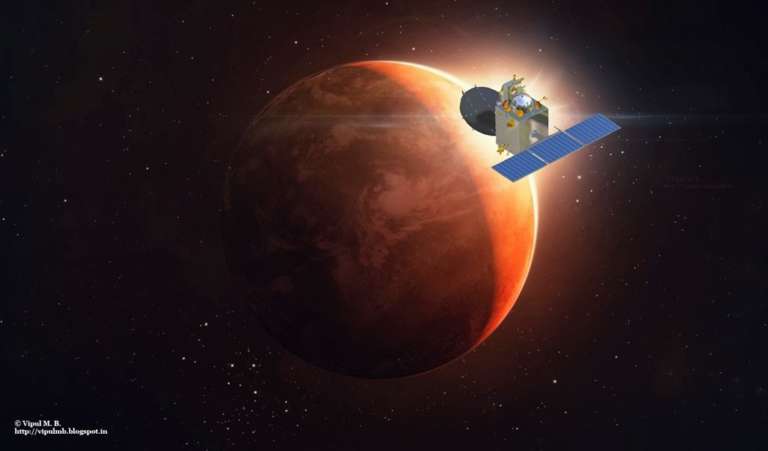
How does ISRO work?
ISRO is an executive agency that is part of India’s Department of Space (DOS). It works with research institutions within the DOS to help develop its projects, and it collaborates with state-owned corporations that are part of the DOS to market its services and technologies. ISRO also works with other aspects of the Indian government, including the military.
How big is ISRO? ISRO has about as many employees as NASA. Its budget is about $1.5 billion, which is less than one-tenth that of NASA and roughly similar to the national space agency of Japan.
The DOS manages ISRO alongside a panel called the Space Commission, which is dedicated to writing and enacting Indian space policy. The Prime Minister’s Cabinet appoints the officials and experts who make up the Space Commission. The Commission’s Chairman is also the Secretary of the DOS and the Chairman of ISRO itself.
ISRO gets its funding through the DOS. Every year, the DOS publishes a request for funds that is organized along the lines of its main programs. These include specific projects, like a satellite communications system, as well as broad areas like space science. Committees in the Indian Parliament report on these requests, and then the Parliament’s lower house, called the Lok Sabha, votes to approve or reject them.
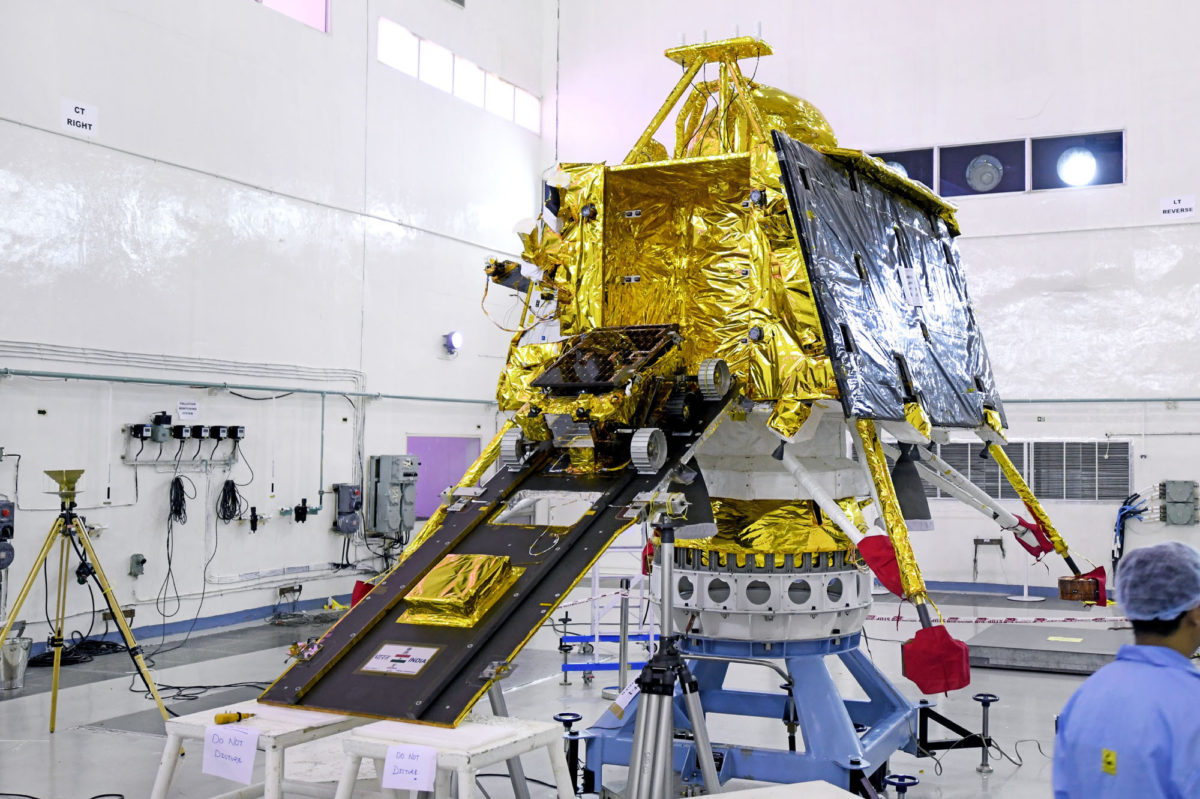
ISRO collaborates with other space agencies and institutions on many of its projects. The Centre National D’Etudes Spatiales (CNES), France’s national space agency, has operated joint Earth observation missions with ISRO. CNES, Roscosmos, and NASA have all provided training for ISRO’s burgeoning human spaceflight program. The European Space Agency (ESA) and NASA also lent support to ISRO’s Chandrayaan-3 mission, while Chandrayaan-1 carried science instruments from those agencies.
ISRO can:
- Build and operate its own satellites
- Build its own launch vehicles
- Provide commercial launch services
- Perform space science missions
How did ISRO get started?
ISRO has its roots in the Indian National Committee for Space Research (INCOSPAR), an organization established by Prime Minister Jawaharlal Nehru in 1962 to develop Indian space technology. INCOSPAR was not part of a larger government organization dedicated to space, but instead existed under the Department of Atomic Energy.
Under Prime Minister Indira Gandhi, INCOSPAR was dissolved and ISRO was established as its successor on Aug. 15, 1969. Shortly afterward, ISRO was incorporated into the newly created Department of Space.
ISRO’s initial focus was less on space exploration and more on space infrastructure. It developed rocketry and satellites, building up India’s space-based communications, broadcasting, and navigation systems. The agency also developed launch vehicles that established India as a provider of commercial space services to other countries.
In the 21st century, ISRO expanded its focus to perform more planetary exploration and human spaceflight. It crowned these efforts with its successful Chandrayaan-3 mission, which made India the fourth nation ever to perform a soft landing on the Moon.
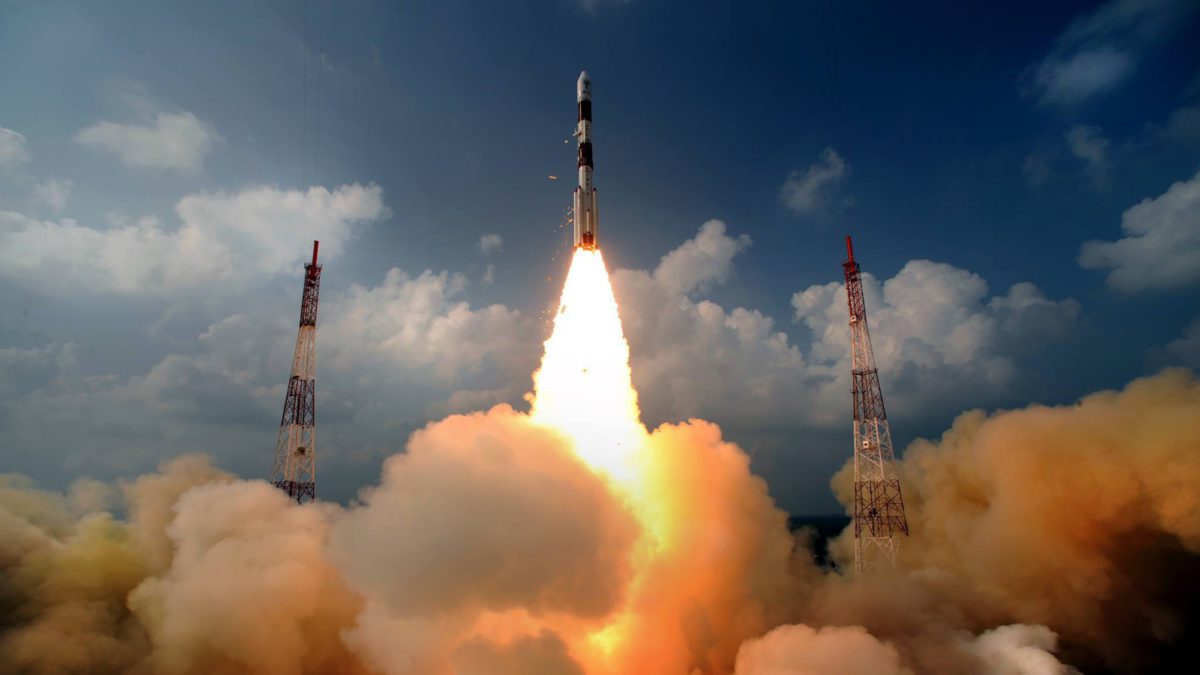
ISRO successfully landed a spacecraft and small rover in the Moon's south polar region.
Here are some livestreams to save so you can watch rocket launch feeds, space station broadcasts off-Earth, and other space-related activities in real-time.
The orbiter discovered water on the Moon and kickstarted an ambitious Indian planetary science program.
Mangalyaan was India's Mars orbiter that observed the planet from 2014 to 2022.


 Explore Worlds
Explore Worlds Find Life
Find Life Defend Earth
Defend Earth


